Today we loaded stone crusher machines for small scale sand making plant and delivered to Thailand. This small-scale limestone sand making plant with a capacity of 30 tons per hour (tph) using a jaw crusher, double roller crusher, and hammer mill can be an efficient and cost-effective setup for producing limestone sand. Here's an introduction to each machine and how they work together in the plant:
Jaw Crusher For Small Scale Limestone Sand Making Plant
Function and Working Principle: The jaw crusher is typically used as the primary crusher in the limestone sand making plant. It works by using a fixed jaw and a movable jaw that exerts compressive force on the limestone rocks. This machine is capable of handling large-sized limestone feed and can produce a relatively coarse crushed product.
Advantages in the Plant: It has a high crushing ratio, which means it can reduce the size of the limestone significantly in one pass. Its simple structure makes it easy to maintain and operate, ensuring high reliability and low downtime in the production process.
Typical Specifications for a 30 tph Plant: For a 30 tph limestone sand making plant, a jaw crusher with a suitable capacity might have a feed opening size of around 250 mm x 750 mm, which can handle limestone rocks of a certain size range. The discharge opening can be adjustable to control the size of the crushed product, usually within the range of 20 - 80 mm for the primary crushing stage.
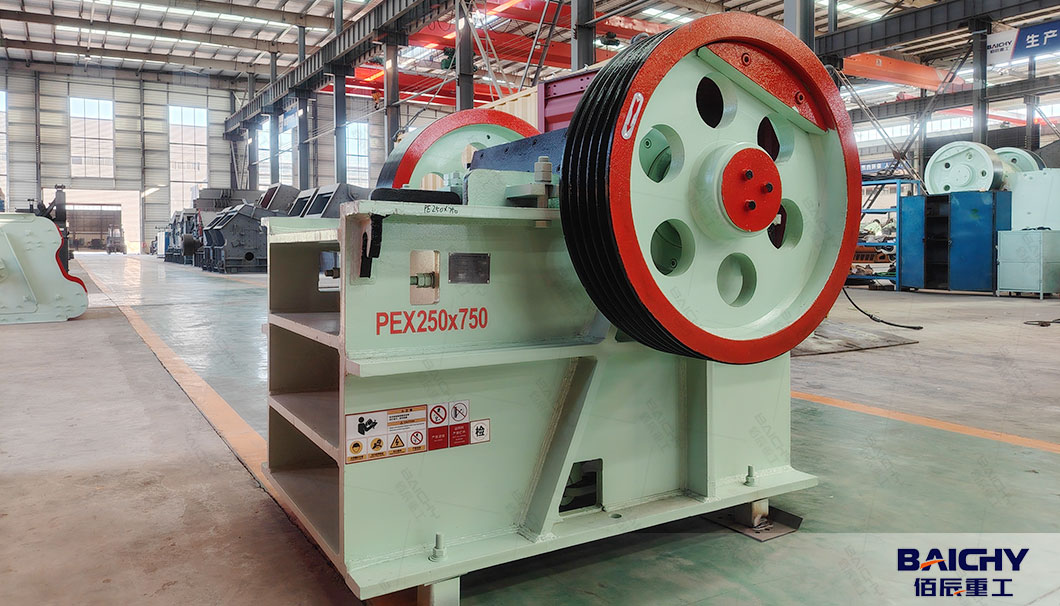
Double Roller Crusher For Small Scale Limestone Sand Making Plant
Function and Working Principle: The double roller crusher is often used as a secondary crusher in this type of plant. It consists of two parallel rollers that rotate towards each other. The crushed limestone from the jaw crusher is fed between the rollers, and as the rollers rotate, they exert pressure and shear force on the material, further reducing its size. The distance between the rollers can be adjusted to control the final product size.
Advantages in the Plant: It can produce a more uniform particle size compared to some other crushers. It is also gentle on the material, which helps to reduce excessive fines and prevent over-crushing. This is beneficial for maintaining the quality and specific characteristics of the limestone sand.
Typical Specifications for a 30 tph Plant: In a 30 tph setup, the double roller crusher might have rollers with a diameter of around 500 mm and a length of 750 mm. The roller speed can be adjusted according to the material characteristics and the desired output size. It can typically reduce the limestone particles to a size range of 5 - 20 mm, depending on the application.
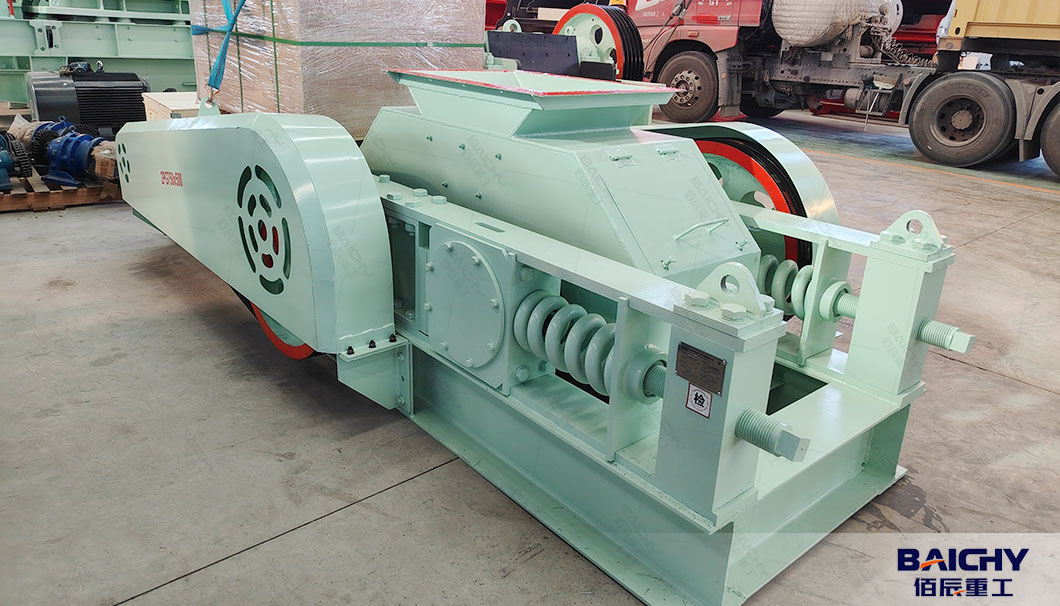
Hammer Mill For Small Scale Limestone Sand Making Plant
Function and Working Principle: The hammer crusher mill is used for the final stage of crushing and sand making. It contains a rotor with hammers attached to it. As the rotor rotates at high speed, the hammers strike the limestone particles, breaking them into even smaller sizes. The impact force from the hammers also helps to shape the particles, resulting in a more cubical and fine sand-like product. The mill usually has a screen at the bottom to control the size of the discharged material.
Advantages in the Plant: It can produce a very fine and uniform product, making it ideal for producing limestone sand with a specific fineness requirement.The hammer mill is relatively versatile and can be adjusted to produce different particle sizes by changing the hammers and the screen size.
Typical Specifications for a 30 tph Plant: For a 30 tph limestone sand making plant, a suitable hammer mill might have a rotor diameter of around 600 mm and a power rating of 22 kW. The screen aperture size can be selected based on the desired final sand size, usually ranging from 0.5 - 15 mm to produce fine limestone sand.
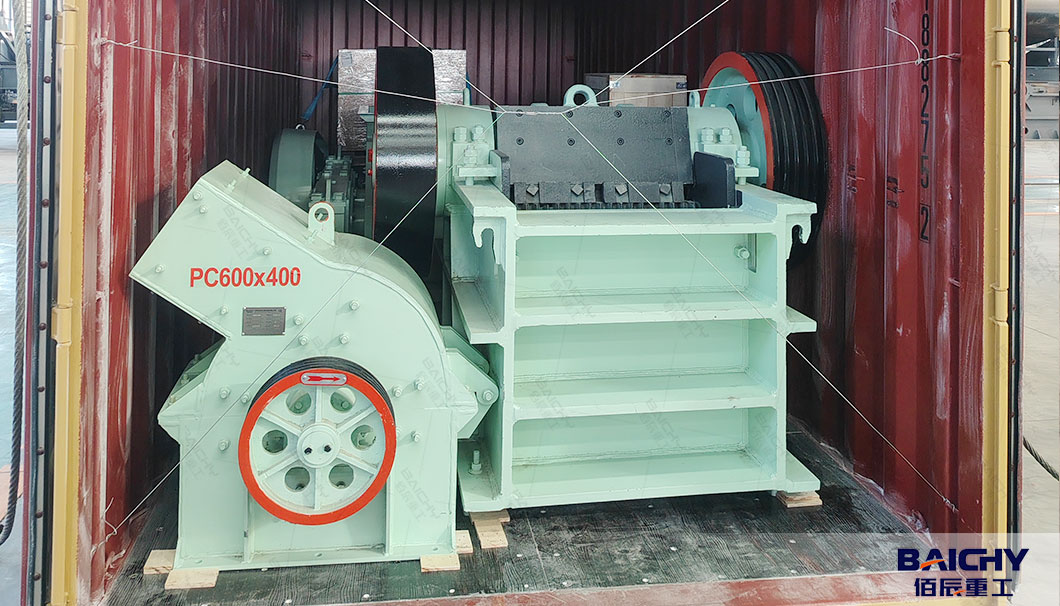
How the Machines Work Together in the Sand Making Plant
Feeding and Primary Crushing: Limestone rocks are first fed into the jaw crusher, which breaks them down into smaller pieces. The jaw crusher's large feed opening allows it to handle the raw limestone directly from the quarry or storage area. The crushed material from the jaw crusher then moves to the double roller crusher through a conveyor belt or other feeding mechanisms.
Secondary Crushing and Particle Size Reduction: The double roller crusher further reduces the size of the limestone particles, producing a more uniform intermediate product. This helps to prepare the material for the final stage of sand making in the hammer mill. The output of the double roller crusher is then fed into the hammer mill.
Final Sand Making: The hammer mill takes the partially crushed limestone from the double roller crusher and crushes it into fine sand. The high-speed rotation of the hammers and the screening mechanism ensure that the final product meets the desired sand size and quality standards. The finished limestone sand is then discharged from the hammer mill and can be collected and stored for further use.
This combination of jaw crusher, double roller crusher, and hammer mill in a small-scale limestone sand making plant with a 30 tph capacity provides an effective and efficient solution for producing high-quality limestone sand for various applications such as in construction, road building, and industrial processes.







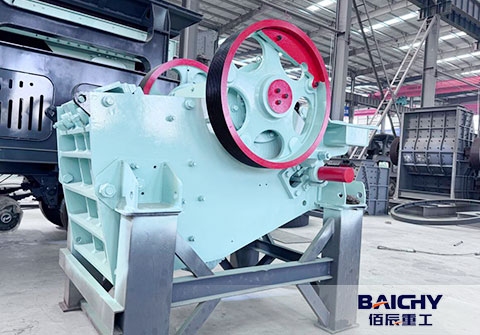
 2025-04-14
2025-04-14
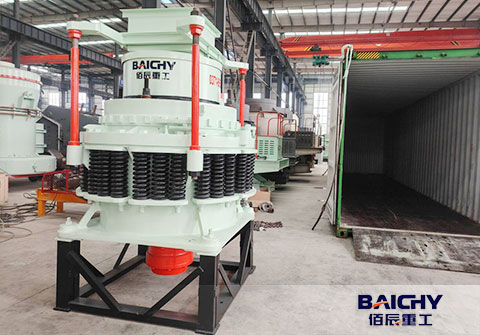
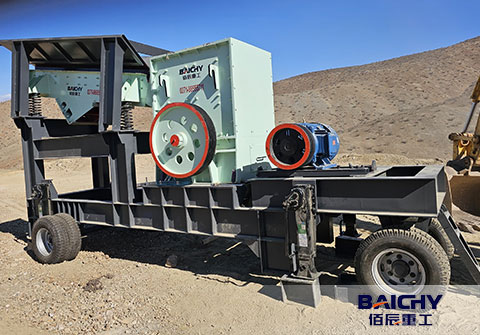
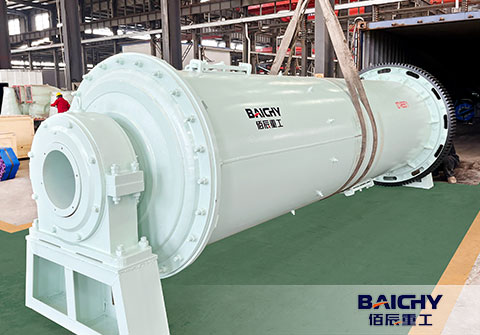
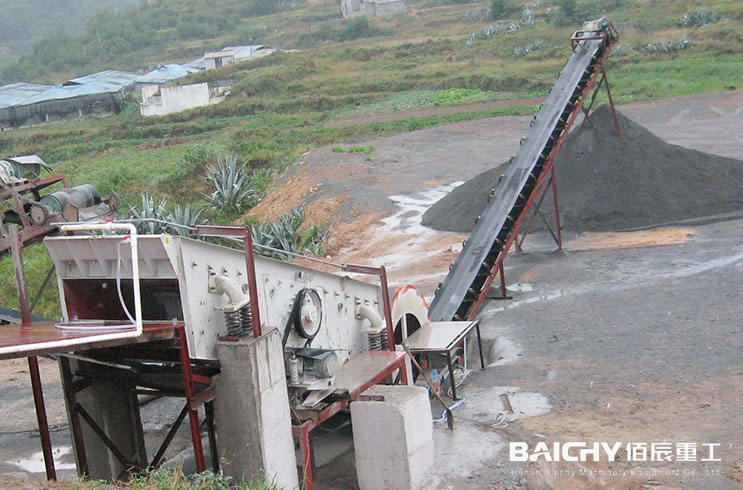
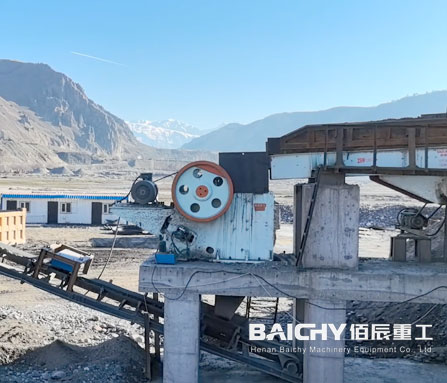
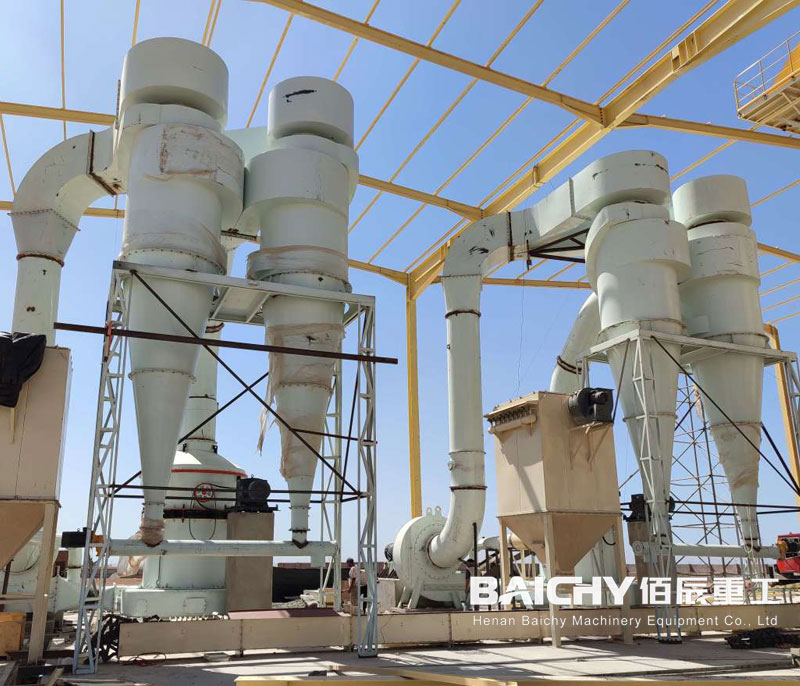
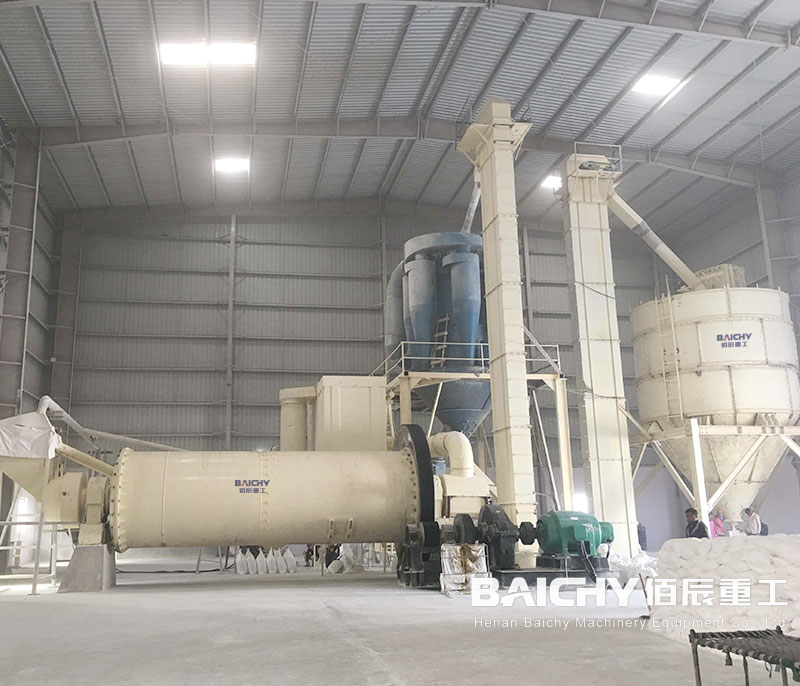














 86-15093113821
86-15093113821
 86-15093113821
86-15093113821

